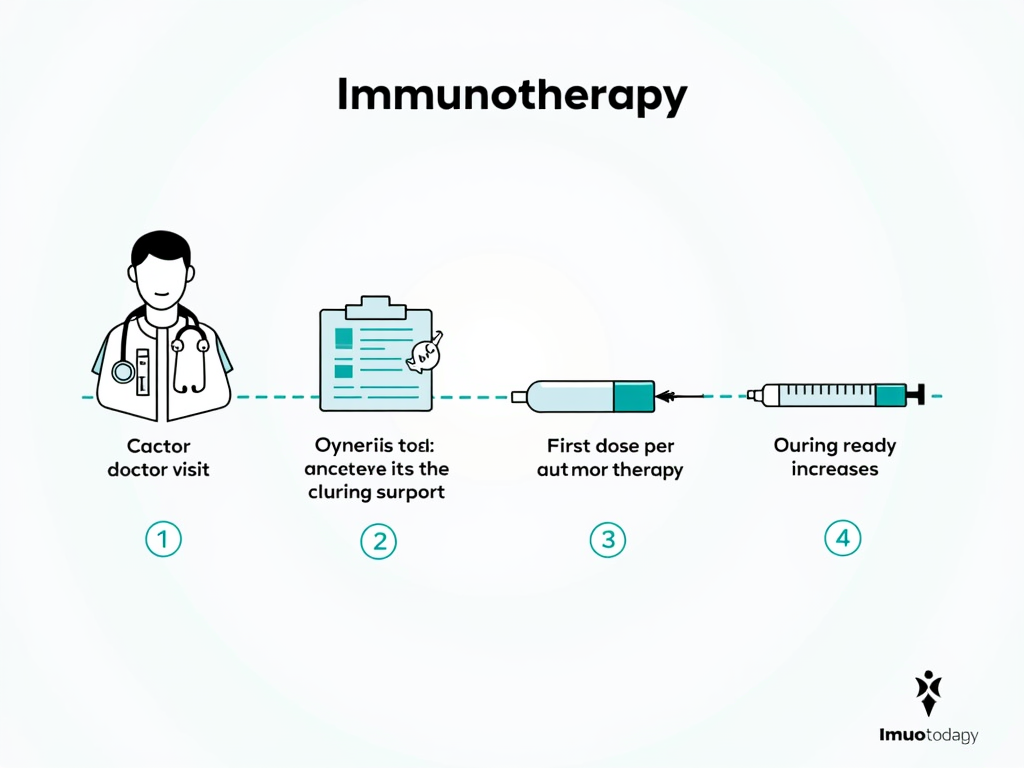Allergies can make life tough, but allergen immunotherapy offers hope. This treatment retrains the immune system to tolerate allergens, reducing reactions over time. Whether it’s pollen, pet dander, or food triggers like those in Chronic FPIES, immunotherapy tackles the cause, not just the symptoms. Here’s how it works and why it matters.

What Is Allergen Immunotherapy?
Allergen immunotherapy is a treatment that helps your body get used to things that make you sneeze, itch, or worse. Doctors give you tiny amounts of the allergen—think pollen, dust, or food proteins—over time. This can be through shots, tablets, or drops under your tongue. The idea? Teach your immune system not to overreact.
I’ve seen this up close with a friend who struggled with a peanut allergy. She couldn’t even be near peanut butter without breaking out in hives. After starting immunotherapy, she can now handle small amounts without panic. It’s not magic, but it feels like it for people living with chronic food allergies.

How Does It Work?
Let’s dive into The Science Behind Allergen Immunotherapy: How It Works. When you’re allergic, your immune system sees harmless stuff—like a peanut or pollen—as a danger. It pumps out IgE antibodies, which team up with cells to release histamine. That’s what causes the itching, swelling, or upset stomach.
Immunotherapy flips the script. By giving you small, safe doses of the allergen, it nudges your body to make IgG antibodies instead. These block the troublemaking IgE ones. Over months or years, your immune system chills out, and reactions get weaker—or stop altogether.

There are two main ways to do this:
- Shots (SCIT): You get injections at the doctor’s office, starting small and building up. It’s a commitment—think weekly visits at first.
- Tablets or Drops (SLIT): You put these under your tongue at home. It’s easier but might take longer to work.
Both can change lives, depending on what you’re allergic to and how you live.
My cousin tried SLIT for his grass pollen allergy. He used to dread summer; now he mows the lawn without a tissue box. It’s small wins like that that show how this treatment rewires the body.

Why It Matters Today
The Role of Allergen Immunotherapy in Modern Treatment is huge. Pills and sprays help with symptoms, but they’re temporary. Immunotherapy goes deeper, fixing the problem at its root. It’s like training your immune system to stop freaking out over a peanut or a dust mite.
For chronic food allergies—like Chronic FPIES, where eating certain foods triggers vomiting or worse—it’s a lifeline. Kids with FPIES often live on edge, and so do their parents. Immunotherapy can ease that fear, letting them eat more without constant worry.

But it’s not instant. It takes patience—sometimes years. My friend with the peanut allergy stuck with it for three years before she felt safe. And there’s a catch: early doses can spark mild reactions, like itching or redness. That’s why doctors keep a close eye on you.
What You Gain—and What to Watch For
The payoff can be amazing. Fewer symptoms, less medicine, and more freedom. Some people even stop reacting to their allergens completely. Research is showing big promise for food allergies too, not just pollen or pets.
Still, there are risks. Shots might leave a sore spot, and in rare cases, you could have a stronger reaction—like trouble breathing. It’s unlikely, but it’s why you start in a clinic. Here’s a quick look:
| Benefits | Risks |
|---|---|
| Fewer allergy symptoms | Mild soreness |
| Long-term relief | Rare severe reaction |
| Better daily life | Time commitment |

Doctors tailor it to you. They test what you’re allergic to—skin pricks or blood work—and build a plan. It’s personal, which is why it works so well for so many.
Living with Chronic Food Allergies
Living with chronic food allergies is exhausting. You’re always checking labels, skipping parties, or packing safe snacks. For Chronic FPIES, it’s even harder—mistakes can mean hours of sickness. I’ve watched a mom cry over her kid’s limited diet. It’s real stress.
Immunotherapy can lighten that load. It won’t always erase the allergy, but it can make slip-ups less scary. Imagine a kid with a milk allergy sipping a latte one day—or at least not panicking over a splash in their cereal. That’s the goal.

It’s not perfect. Some folks still need to be careful, even after treatment. But the difference it makes—less fear, more normal days—is huge. My friend says it gave her back pieces of her life she’d lost to allergies.
Wrapping Up
Allergen immunotherapy isn’t just science—it’s a chance at a better life. By calming the immune system, it tackles allergies at their core, offering hope for chronic conditions like FPIES. It takes time and teamwork, but the results can be worth it. Curious? Ask your doctor if it’s a fit for you.
Discuss Here